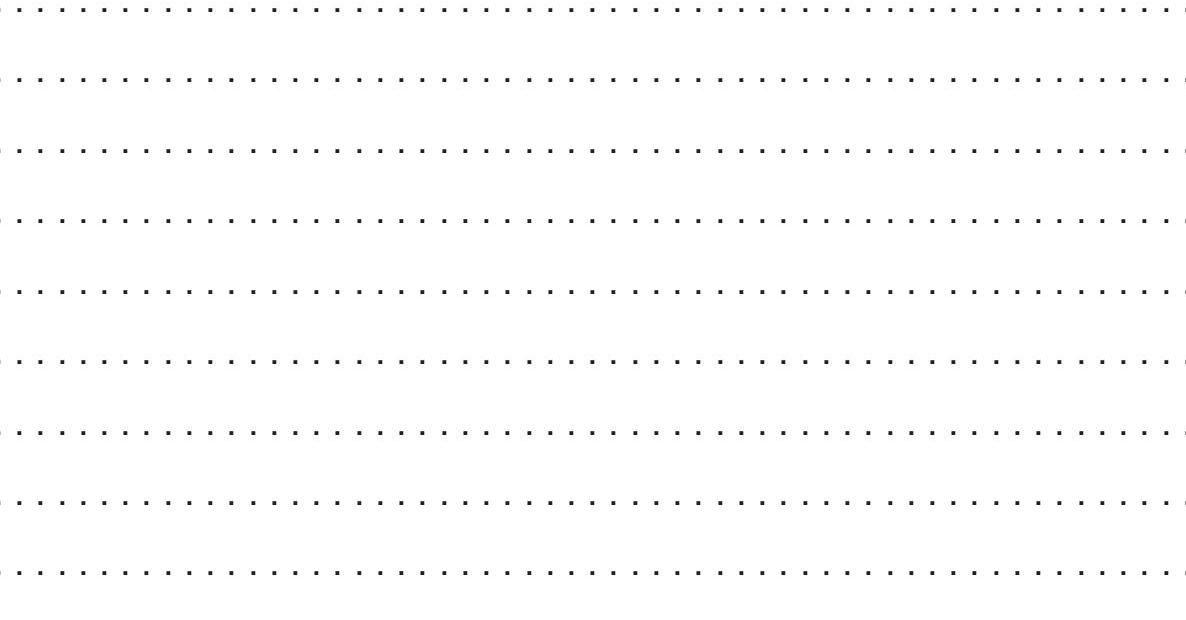The graph below shows a small maze, in the form of a network of directed routes. The vertices A to F show junctions in the maze and the edges show the possible paths available from one vertex to another. A mouse is placed at vertex A and left to wander the maze freely. The routes shown by dashed lines indicate paths sprinkled with sugar. When the mouse reaches any junction, she rests for a constant time before continuing. At any junction, it may also be assumed that
- the mouse chooses any available normal path with equal probability
- if the junction includes a path sprinkled with sugar, the probability of choosing this path is twice that of a normal path.

Determine the transition matrix for this graph.
Note: Allow the transposed matrix. Award for a matrix with all values between 0 and 1 , and all columns (or rows if transposed) adding up to 1, award for one correct row (or column if transposed) and for all rows (or columns if transposed) correct.
If the mouse was left to wander indefinitely, use your graphic display calculator to estimate the percentage of time that the mouse would spend at point F.
attempting to raise the transition matrix to a large power steady state vector is so percentage of time spent at vertex F is
Note: Accept .
Comment on your answer to part , referring to at least one limitation of the model.
the model assumes instantaneous travel from junction to junction,
OR
the mouse may eat the sugar over time R1 and hence the probabilities would change R1 Note: Accept any other sensible answer.

